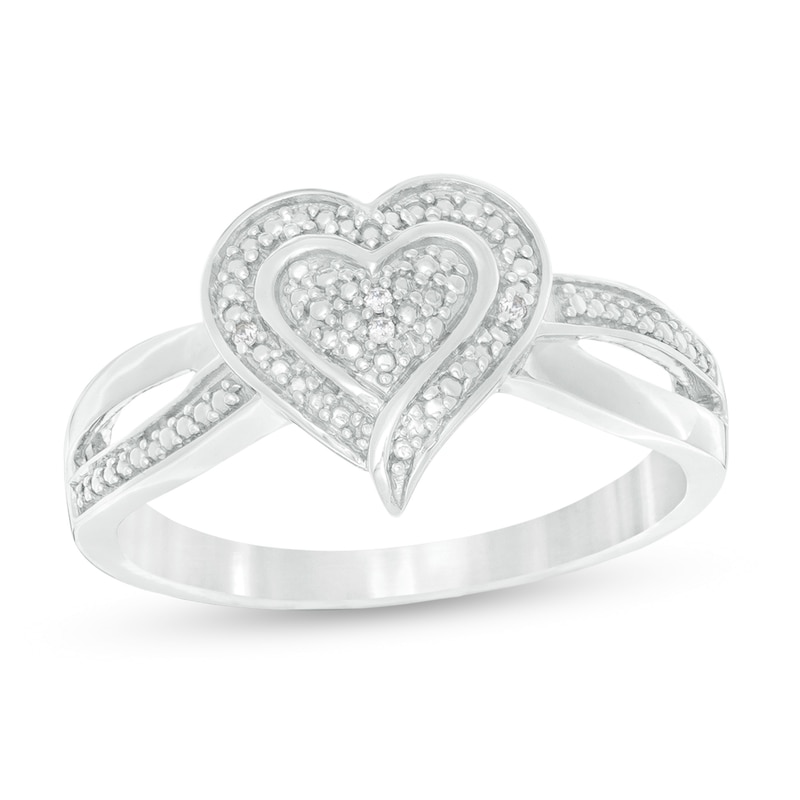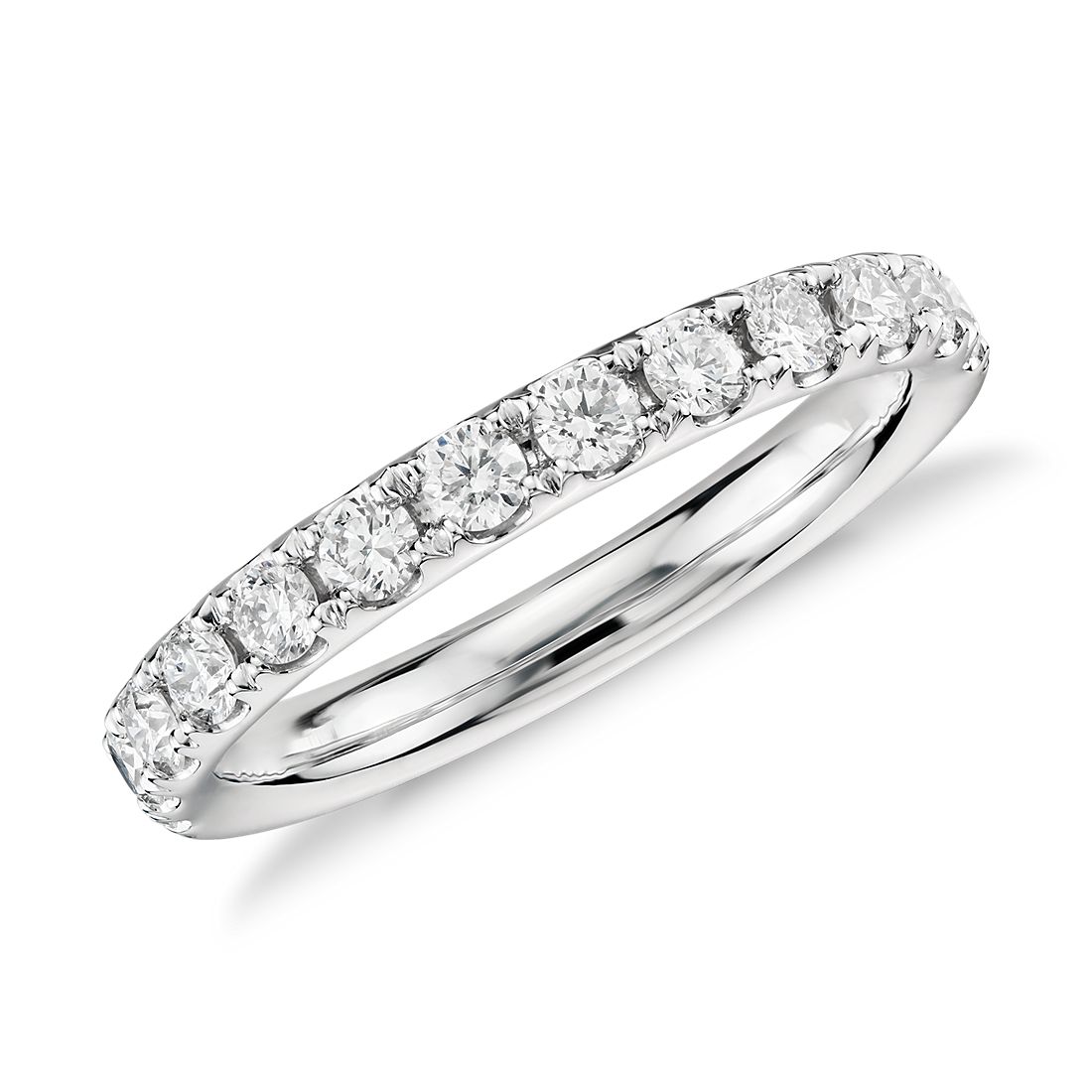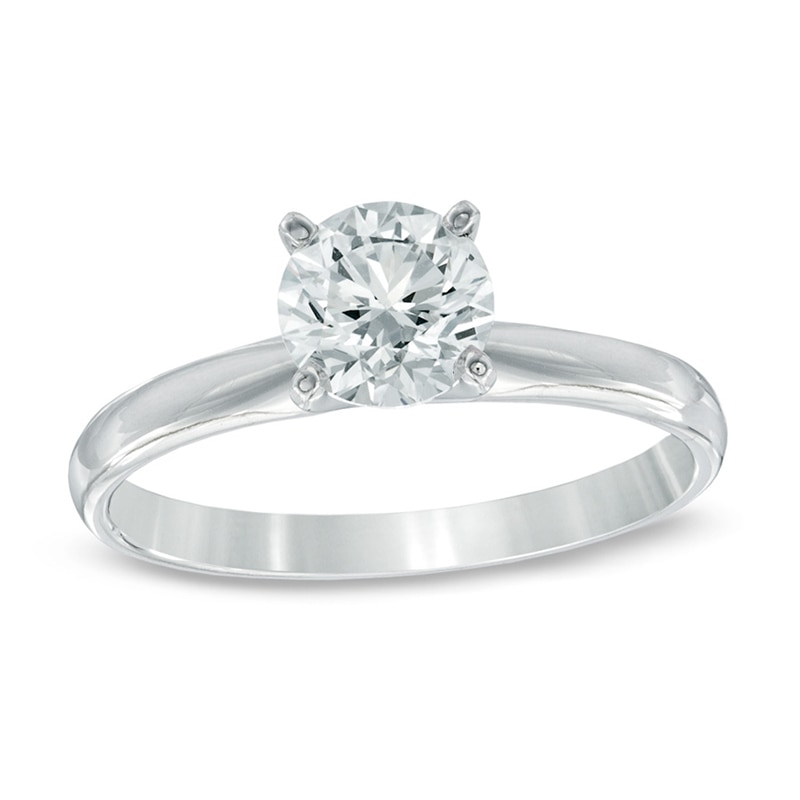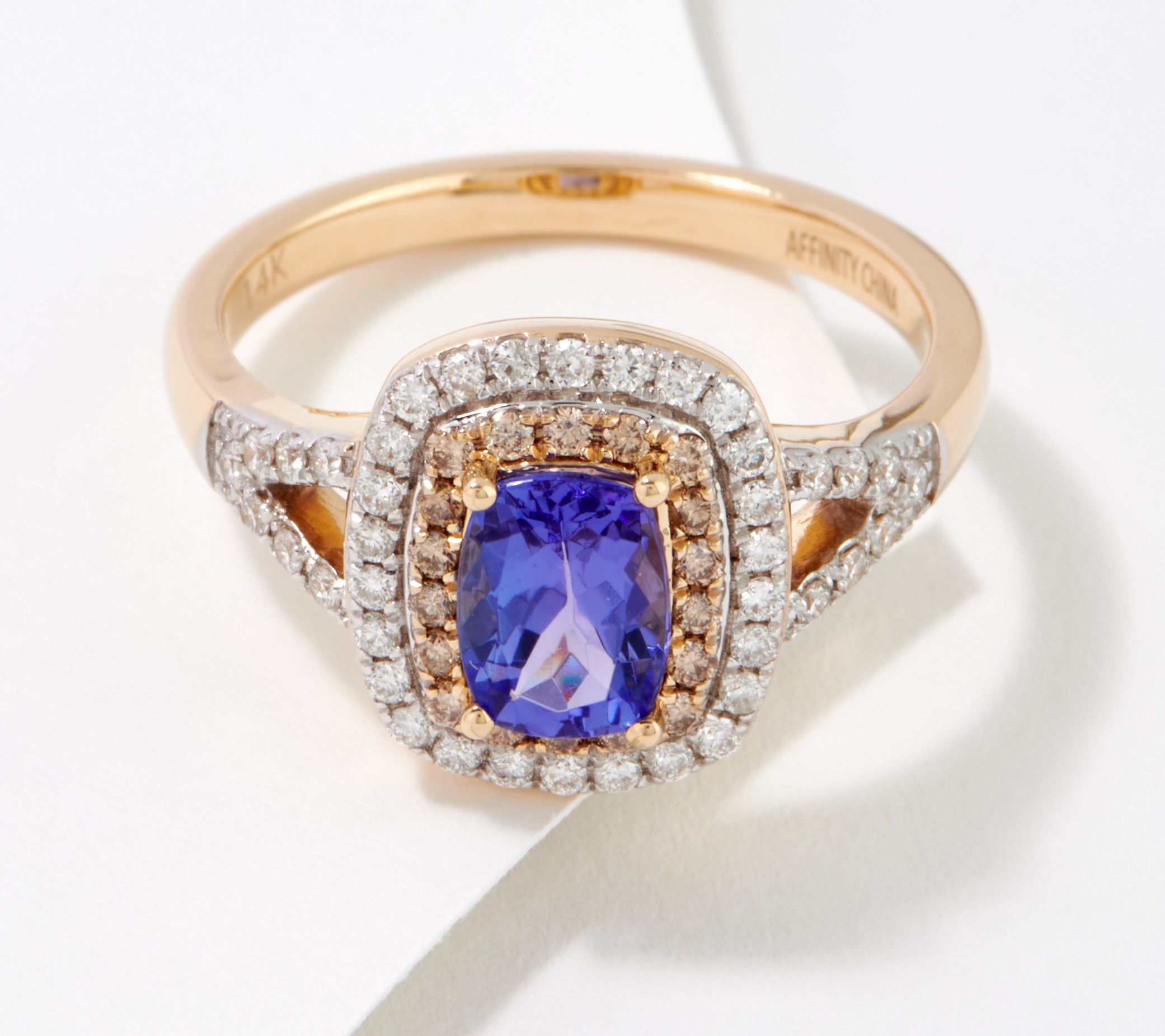Diamond Accent Beaded Heart Split Shank Ring in Sterling Silver | Zales
Create a sweet sensation with this diamond accent heart ring. Crafted in sterling silver, this look features shimmering diamond accents along the beaded heart-shaped center and frame. The split crossover shank glistens with polished and bead-detailed ribbons.
Create a sweet sensation with this diamond accent heart ring. Crafted in sterling silver, this look features shimmering diamond accents along the beaded heart-shaped center and frame. The split crossover shank glistens with polished and bead-detailed ribbons. Buffed to a brilliant luster, this design is sure to stand out. Custom-made to fit her ring size. Sterling silver rings cannot be resized after purchase.
Typographic errors are subject to correction. Merchandise enlarged to show detail and may not always be exactly as pictured. Promotions, prices, styles and availability may vary by store and online.
Additional information
| Total Weight (CT. T.W.) | Diamond Accent |
|---|---|
| Color | K |
| Clarity | 13 |
| Stone Type | Diamond |
| Stone Color | White |
| Stone Shape | Round |
| Stone Carat Range | Under 1/4 |
| Stone Class | Genuine |
| Stone Setting | Shared Prongs |
| Metal Type | Sterling Silver |
| Metal Color | White |
| Metal Finish | Polished |
| Standard Ring Size | 7.0 |






by Jessica
Bought it for my 9year old daughter for Christmas, I absolutely love it!